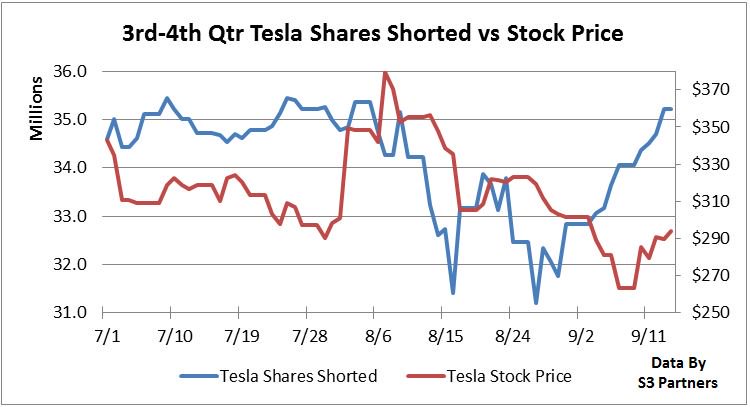Singer3000
Member
More to the point, the real competition in the BMW 3 Series has 10 colour options. Episodes like this are a timely reminder that Tesla is a looong way away from the public goal of being “the world’s best manufacturer”.Any colour you want so long as it's black?
For the record, here's the colour selection on some other EVs:
Model 3: 1 base, 3 premium (was 5), 2 super-premium
Bolt: 5 base, 3 premium
Leaf: 3 base, 2 premium, 2 super-premium
i3: 1 base, 8 premium
Ioniq: 6 base
Kona: 2 base, 5 premium, optional 2-tone
Zoe: 1 base, 1 semi-premium, 4 premium, 1 super-premium
e-Golf: 12 base
On the plus side, for there to be a significant improvement in volumes and margin (particularly as the product suite broadens), Tesla doesn’t need to be the best but just become mediocre-to-good at the things that the industry at large have already figured out.




